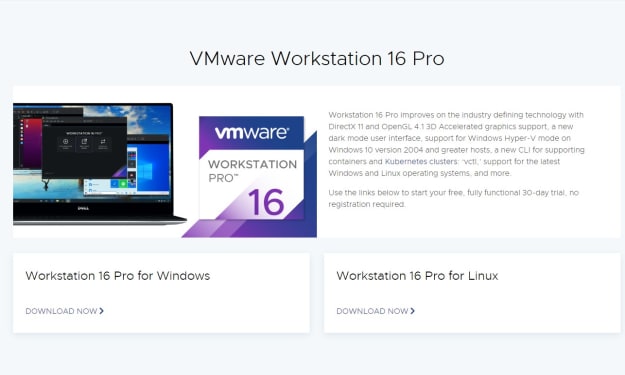
Introduction to Cloud Computing
Cloud computing is a model for delivering IT services over the Internet, rather than using local servers or personal devices. The benefits of cloud computing include:
• Scalability: The ability to easily increase or decrease the amount of resources being used, based on the needs of the organization.
• Cost-effectiveness: Cloud services are typically paid for on a pay-as-you-go basis, which allows organizations to only pay for the resources they use. This can be more cost-effective than purchasing and maintaining on-premises hardware and software.
• Flexibility: Cloud computing allows organizations to access a wide range of resources and services, including storage, computing power, and applications, on an as-needed basis.
• Improved reliability: Cloud providers typically have robust infrastructure and redundant systems in place to ensure the availability of their services.
Cloud computing differs from traditional computing models in that it relies on shared infrastructure and resources, rather than dedicated hardware and software. This means that organizations can access a wide range of resources and services without having to purchase and maintain them on their own.
Types of Cloud Services:
There are three main types of cloud services:
1. Infrastructure as a Service (IaaS): This type of cloud service provides infrastructure resources, such as computing power, storage, and networking, on a pay-as-you-go basis. The user is responsible for configuring and managing the operating system and applications that run on top of the infrastructure.
2. Platform as a Service (PaaS): This type of cloud service provides a platform for building, deploying, and managing applications. The user is responsible for developing and maintaining the applications, while the cloud provider is responsible for the underlying infrastructure and platform.
3. Software as a Service (SaaS): This type of cloud service provides access to software applications over the Internet. The user is responsible for using the software, while the cloud provider is responsible for maintaining and updating the software as well as the underlying infrastructure.
Each of these types of cloud services offers different levels of control and responsibility to the user. IaaS provides the most control, as the user is responsible for configuring and managing the operating system and applications. PaaS provides less control, as the user is responsible for developing and maintaining the applications, but the cloud provider is responsible for the underlying infrastructure and platform. SaaS provides the least control, as the user is only responsible for using the software, while the cloud provider is responsible for everything else.
Cloud Deployment Models
There are four main deployment models for cloud computing:
1. Public cloud: A public cloud is owned and operated by a third-party cloud provider and is available to the general public. Public clouds are typically used for applications that do not require specialized hardware or software and can be accessed over the Internet.
2. Private cloud: A private cloud is owned and operated by a single organization and is not available to the general public. Private clouds are typically used for applications that require specialized hardware or software, or that require a high level of security and compliance.
3. Hybrid cloud: A hybrid cloud is a combination of a public cloud and a private cloud, with the ability to move data and applications between the two. Hybrid clouds are often used to take advantage of the scalability and flexibility of the public cloud, while still maintaining control over sensitive data and applications in the private cloud.
4. Community cloud: A community cloud is owned and operated by a group of organizations and is only available to those organizations. Community clouds are often used for applications that require a high level of security and compliance and are used by organizations with similar requirements.
Each deployment model has its own characteristics and is suitable for different types of organizations and workloads. Public clouds are generally the most cost-effective option, but may not provide the same level of security and compliance as private clouds. Private clouds offer the highest level of security and compliance, but may be more expensive to maintain. Hybrid clouds offer a balance between the two, while community clouds are suitable for organizations with similar requirements that want to share the cost of a cloud infrastructure.
About the Creator
Enjoyed the story? Support the Creator.
Subscribe for free to receive all their stories in your feed. You could also pledge your support or give them a one-off tip, letting them know you appreciate their work.





Comments
There are no comments for this story
Be the first to respond and start the conversation.